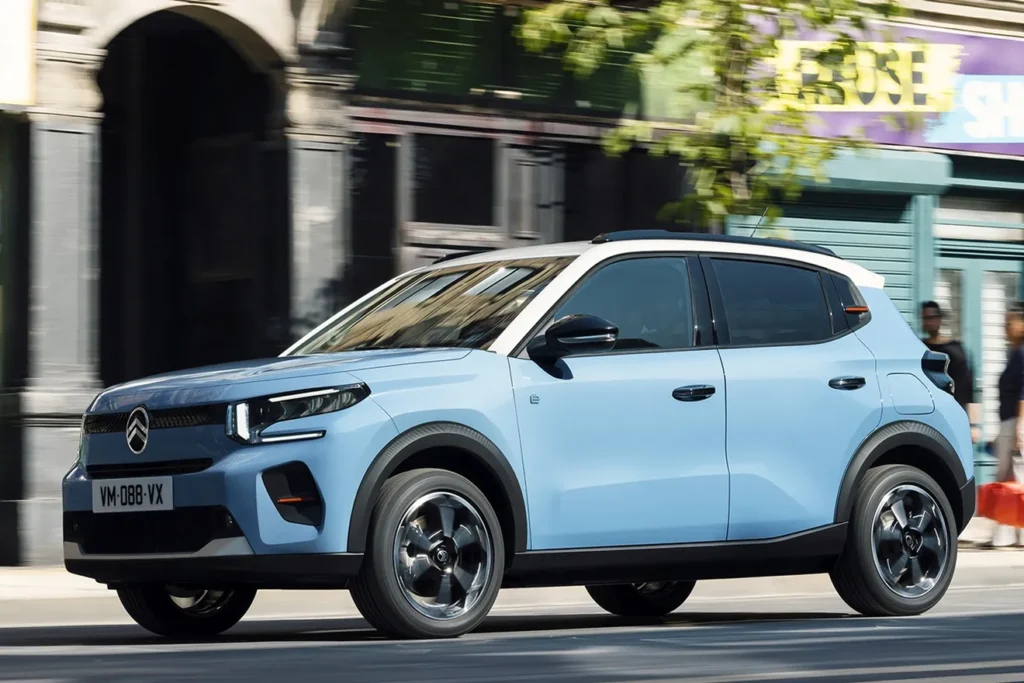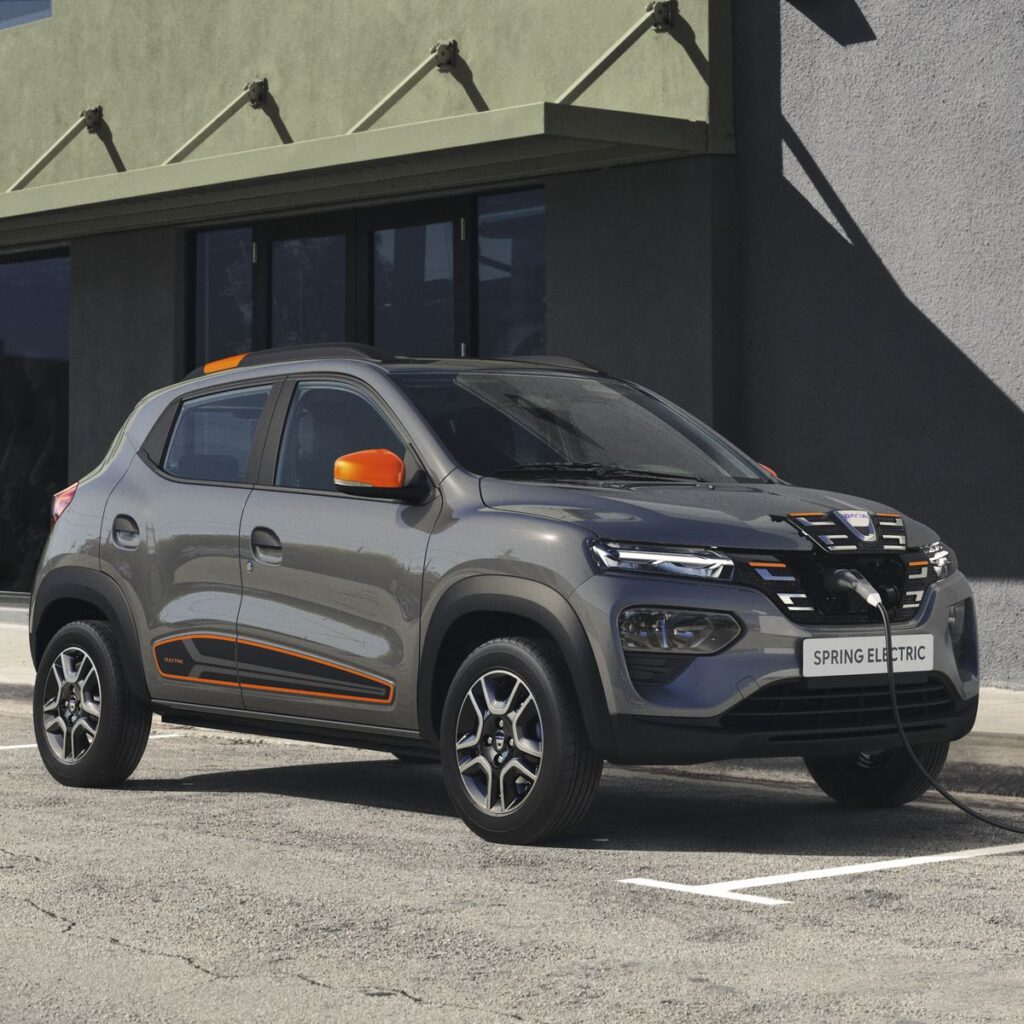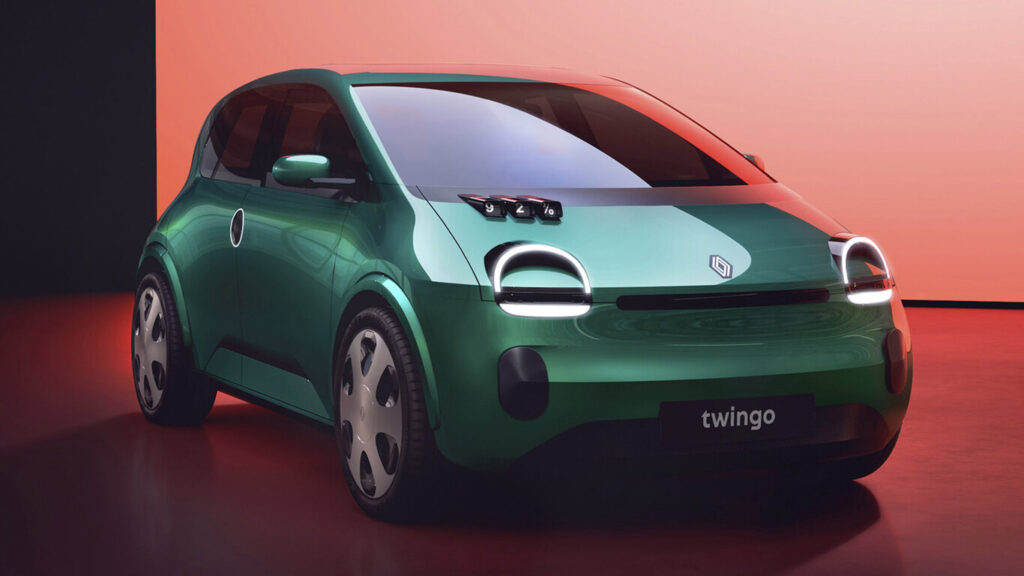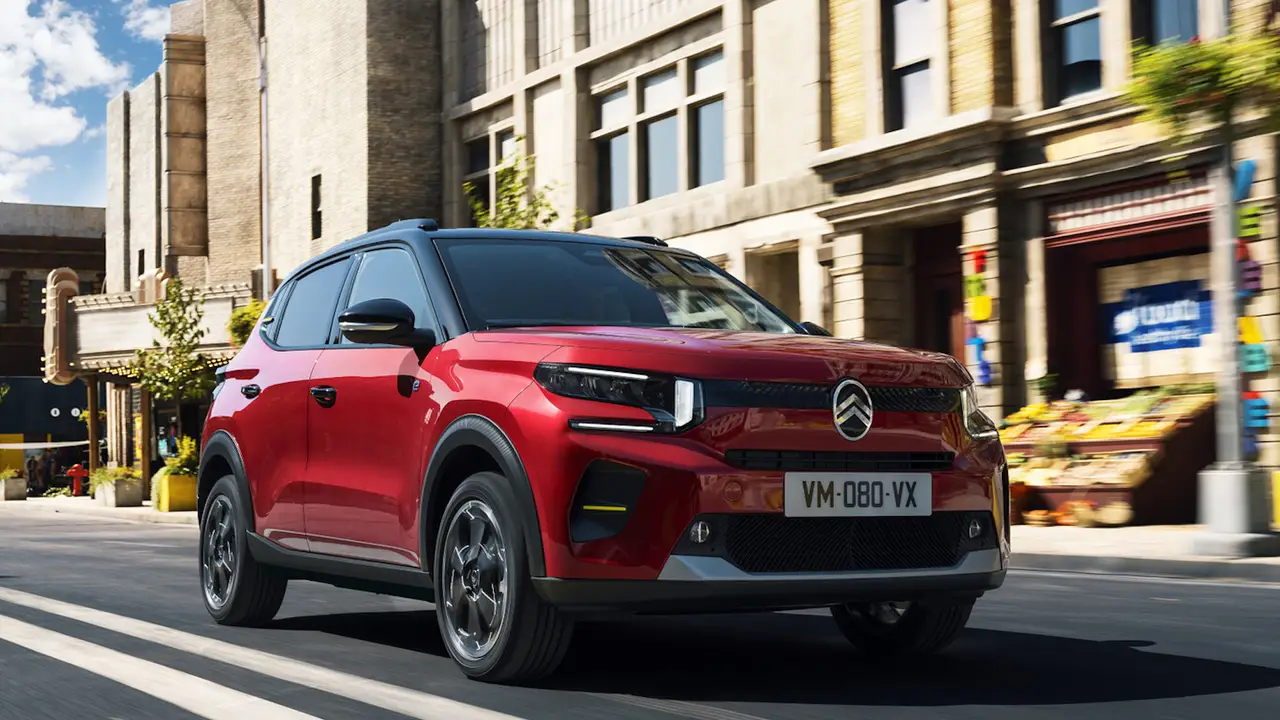The European Union (EU) is accelerating the electrification of transport, setting one of the most ambitious goals in the world for cars and vans: the Alternative Fuels Infrastructure Regulation (AFIR).
With a view to a more sustainable future, European electric vehicles (EVs) manufacturers have committed to investing a record 250 billion euros in electrification by 2030, according to the European Automobile Manufacturers’ Association (ACEA)’s new manifesto.
However, despite this significant progress, the reality is that electric cars remain inaccessible to a large part of the European population.
In this context, a crucial question arises: What is the path to ensuring that mobility remains affordable and accessible for all citizens and businesses in the era of electrification?
The fact that various automotive companies are launching EVs under 20,000 euros would certainly be a significant step, and Mobility Portal Europe provides a review of the most affordable models below.
Citroën ë-C3

The electric vehicle offered by Citroën, the ë-C3, is an attractive option in the market, especially when considering its competitive pricing.
Starting from 15,800 euros with the Plan MOVES (Spain), this model makes the prospect of owning an electric vehicle more attainable for a broader range of consumers.
It features an electric motor with 113 horsepower (80 kilowatts) and a single-speed automatic transmission with regenerative braking mode.
It offers a combined electric range of 320 kilometres according to the World Harmonized Light-duty Vehicle Test Procedure (WLTP) cycle, with a consumption of 16.4 kilowatt-hours per 100 kilometres.
Additionally, with the fast charging capacity of 100 kilowatts, it is possible to recharge the battery from 20 to 80 per cent in just 26 minutes, providing an efficient and quick solution for daily commutes.
Dacia Spring

Starting from 17,890 euros, the “Spring” line offers two affordable electric cars to choose from: the “expression” version (available from the mentioned price) and the “extreme” version (starting from 19,890 euros).
The Dacia Spring offers a range of 225 kilometres in the WLTP mixed cycle and 305 kilometres in the WLTP urban cycle, standing out as a practical option for daily driving.
This model also features a boot capacity of 308 litres, providing considerable space for luggage and shopping.
With a motor of 65 horsepower, the Dacia Spring combines adequate performance with efficiency.
Efficiency is the key for this car, as its low consumption translates to a reduced need for recharging.
With a single charge per week, the Dacia EV provides enough energy for all daily commutes, making frequent recharges a thing of the past.

Renault Twingo e-Tech
According to various sources, Renault is working on the development of the new electric Twingo in partnership with a Chinese company, whose name has not yet been revealed.
This model is expected to hit the market in 2026 at a price below 20,000 euros.
Although not many details have been revealed about this model, we can infer that it would be similar to the one currently available on the market, which features a 60-kilowatt motor.
Additionally, equipped with a 22 kilowatt hour battery, this electric car offers a range of up to 270 kilometres in the urban (WLTP) cycle and 190 kilometres in the complete cycle.
Moreover, by activating the ECO mode, it is possible to achieve approximately 225 kilometres of range, thanks to the limitation of acceleration and maximum speed on fast roads.
Furthermore, its charger allows the Twingo E-Tech to be recharged at home, at work, or at alternating current (AC) charging points of up to 22 kilowatts.
In just one hour, up to 80 per cent of the battery can be recharged, recovering 80 km of range in 30 minutes.
Read more: New alliances: Renault might develop the new electric Twingo with a Chinese partner








